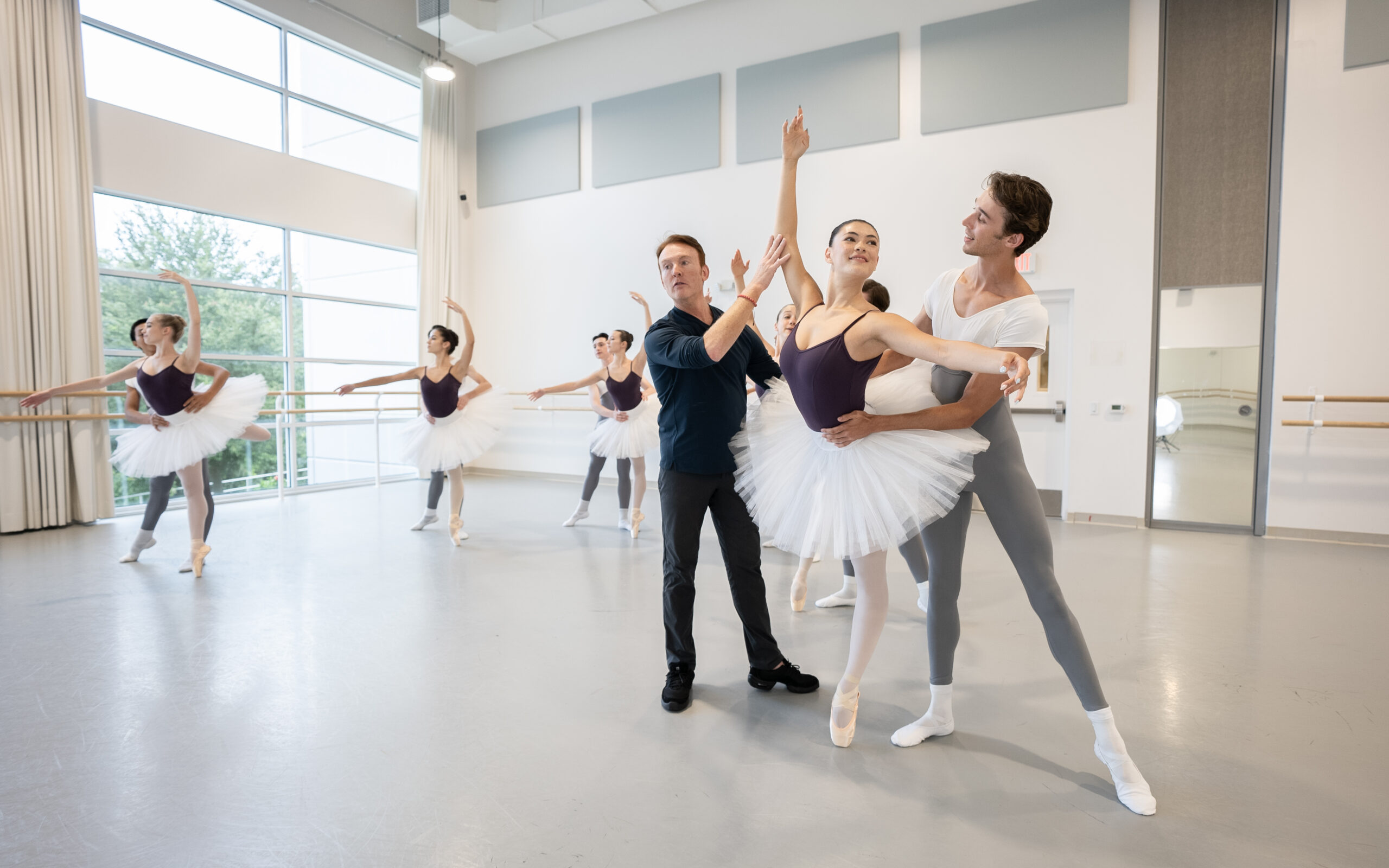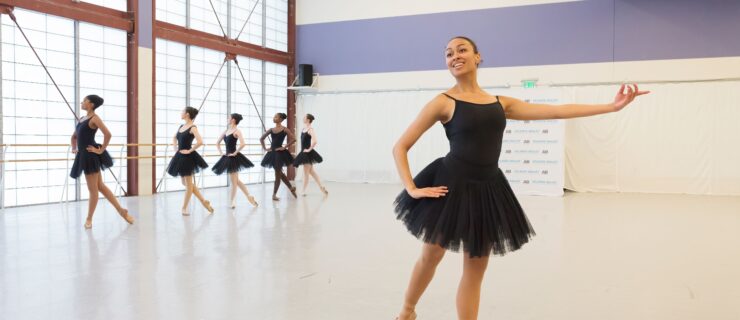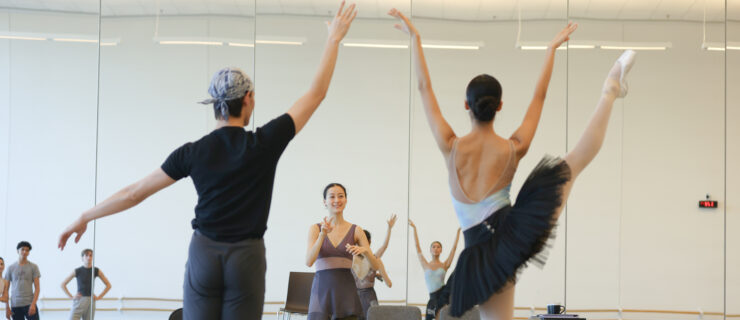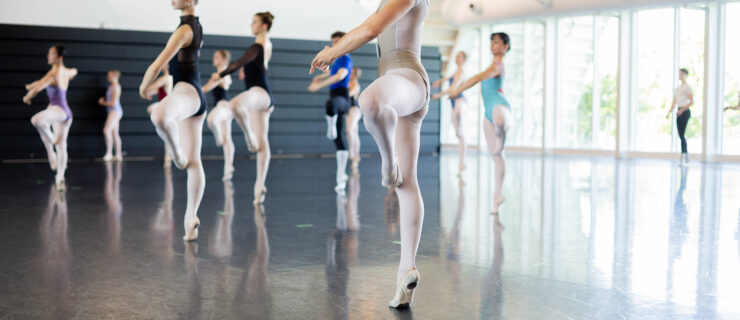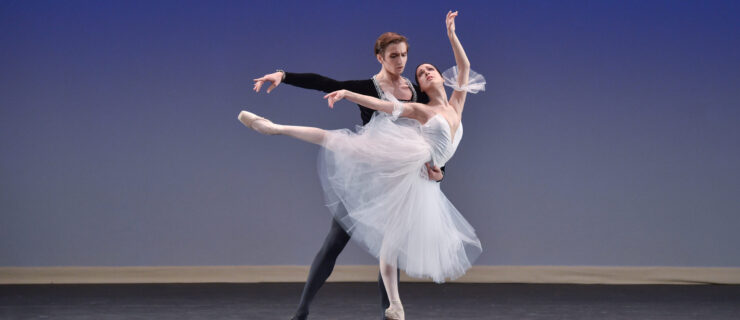How Orlando Ballet School’s New Director of Education Brings Out the Best of Ballet Training
Big changes have been afoot at Orlando Ballet School: In May 2024, Christopher Alloways-Ramsey joined as the director of education, a newly created position designed to heighten the school’s training and streamline its connection with the attached company. “There was a desire to have a more expansive view on what ballet education can be,” Alloways-Ramsey says. “They needed someone to think beyond the traditional ballet-school setup.”
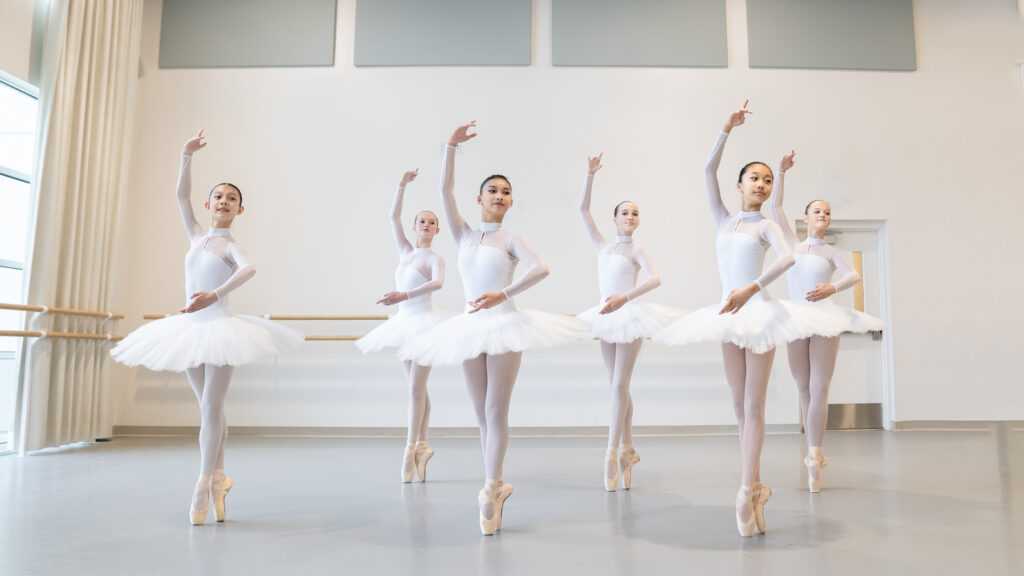
Alloways-Ramsey brought an impressive resumé with him to Florida: a Harvard education, career experience as a professional dancer, an MFA in choreography, and time as an assistant professor at University of Utah’s School of Dance.
Less than a year in, the effects are already visible. “Chris has been wonderful in allowing us to see what the students need,” says Amyia Burrell, head of the school’s Young Dancer Program within the Preparatory Training Program. “You’re seeing such a commitment from younger dancers in this day and age. They really love what they’re doing.” She adds that, through personalized attention to detail, Alloways-Ramsey’s new programming aids the Orlando Ballet team in helping students discover themselves as artists.
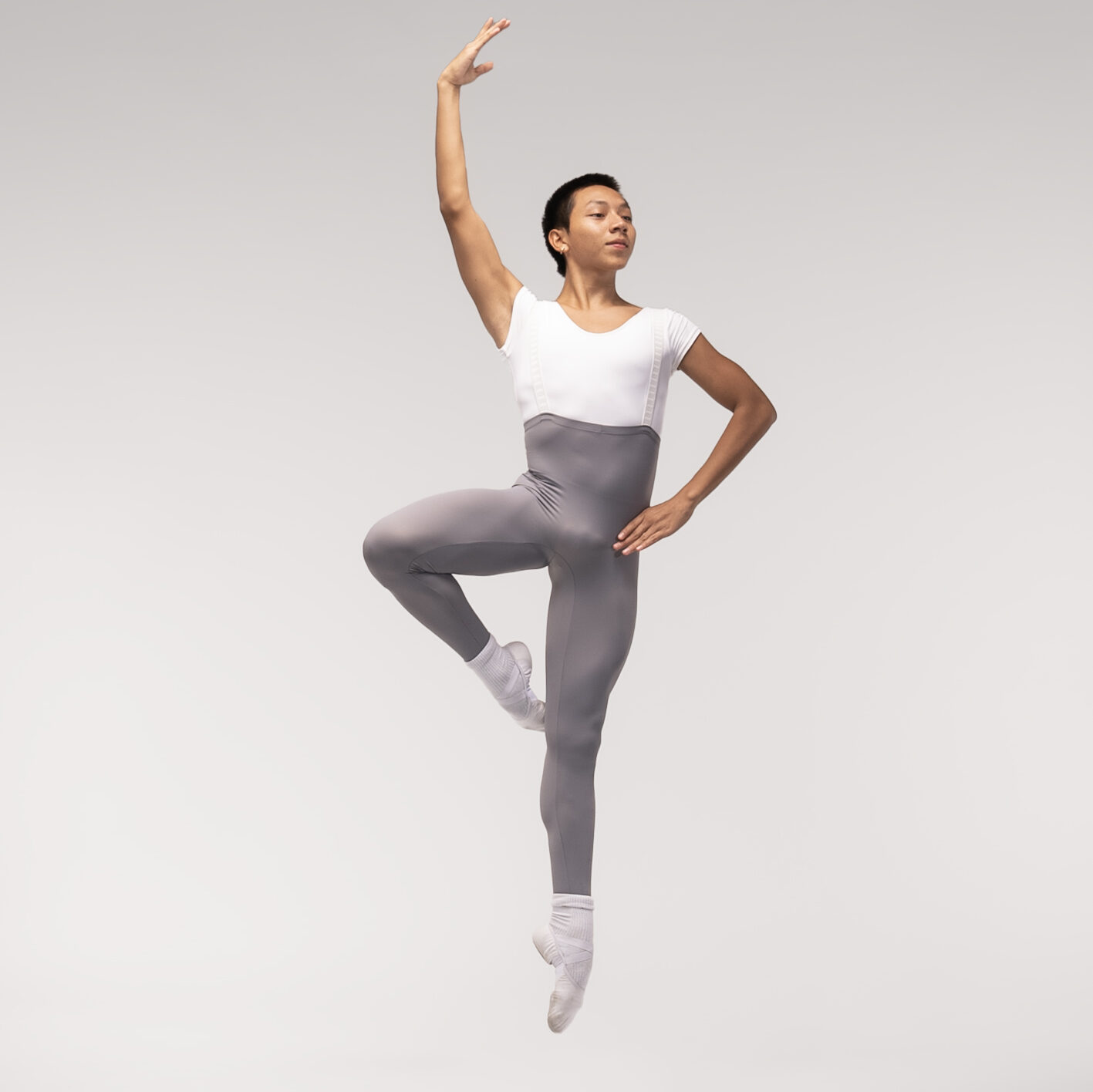
A Supportive Curriculum That Encourages Artistry
“I put a major premium on consistency and training within the teachers,” Alloways-Ramsey says. Orlando Ballet School prides itself on its many longtime faculty members, as well as how it incorporates the American Ballet Theatre National Training Curriculum. Now, Alloways-Ramsey is drawing on his background in Russian training methods to fuse ABT’s eight-level program with a European training model that emphasizes throughlines from early learners through company professionals.
In monthly pedagogy meetings with Orlando Ballet School faculty, the group discusses specifics of each level’s training, and how these impact students’ trajectories. “We have very in-depth conversations about that and how we can help each other,” Alloways-Ramsey says.
These approaches allow faculty to make room for richer educational opportunities inside the studio. “I think it is extremely important to know the history [of dance],” Burrell says. “I love to say that there were those who came before me who made it possible for me to be me, and now I am making it possible for you to be you.”
Alloways-Ramsey also sees a chance to expand on the school’s artistry. “The upper body, the head positions, the port de bras, épaulement—anything that happens from the waist up,” he says. “Each step has a personality, and you need different personalities in your friendships, and you want to see different personalities in the steps.”
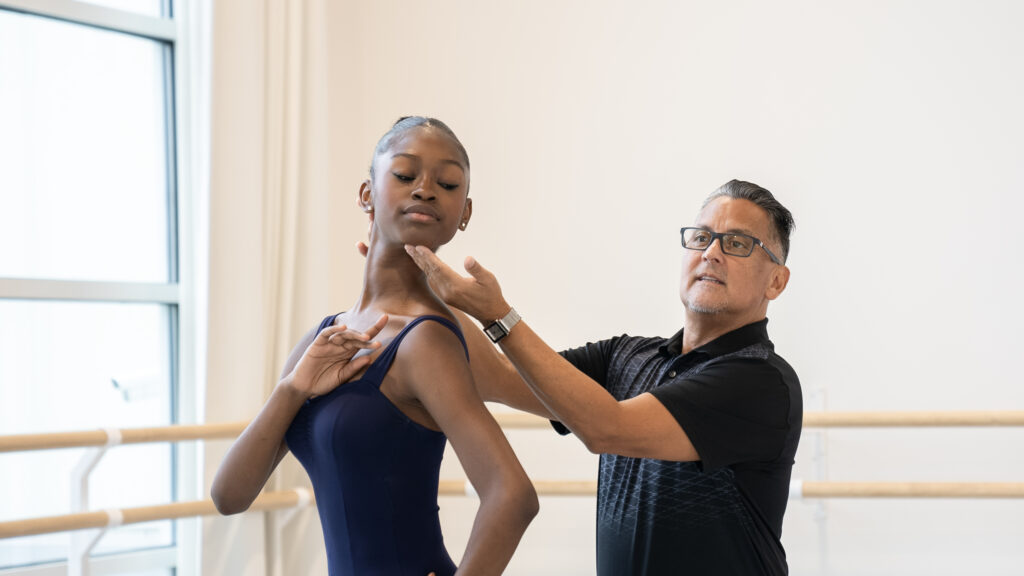
This is also true in the school’s breadth of classes and programs: The school supports a Preparatory Training Program, Pre-Professional Program, Academy Program, and Youth Dance Program, as well as company trainees and OBII, the second company. The list doesn’t stop there—there’s also the Summer Intensive and a robust Community Enrichment department. Faculty offer expertise in classical ballet, contemporary, modern, character, conditioning, and more. Looking ahead, Orlando Ballet School will further expand its offerings via a brand-new Commercial Dance Track aimed at exposing students to different genres as a complement to their classical ballet technique. Though it’s currently in development and will be led by Burrell, intermediate and advanced dancers ages 11 to 18 can get a sneak peek during the February Commercial Dance Winter Intensive, which will feature two days of ballet, conditioning, contemporary, musical theater, and hip hop.
“I came from Japan,” shares Orlando Ballet dancer Hitomi Nakamura, who joined the company in 2014 after graduating from the school’s second company the same year. “In Japan, there’s not much other dance. Generally, you only do ballet, so it was nice to start doing something different.”
Nakamura still vividly remembers her time at Orlando Ballet School, especially the faculty: “They were very open to talk about your mentality, how your auditions were going,” she says. “I remember talking to them often.”
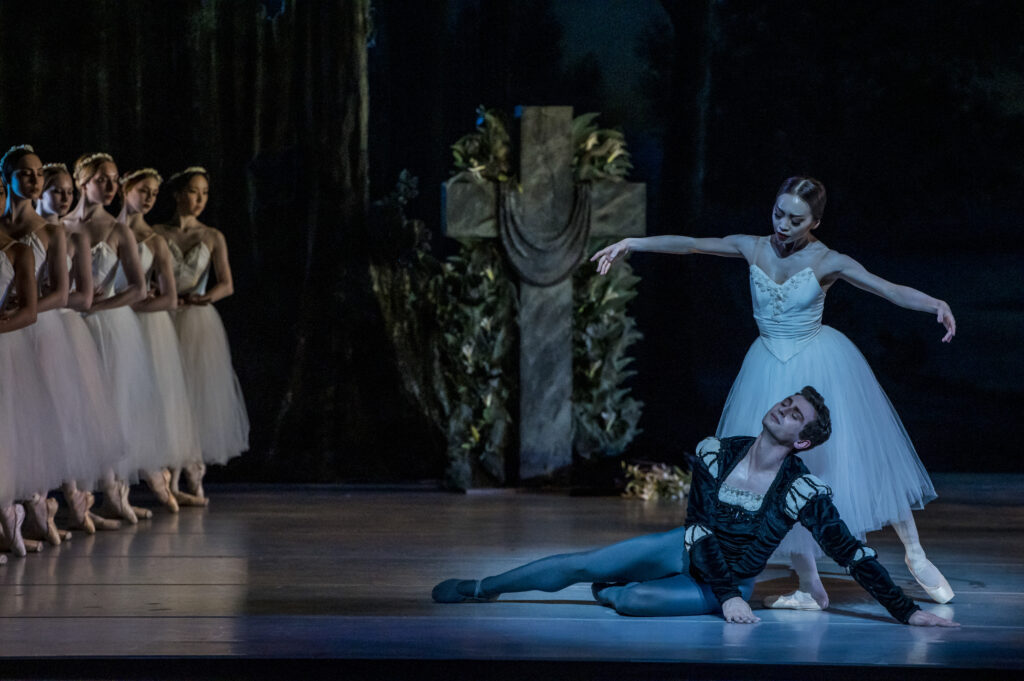
Building the Bridge From School to Company
Nakamura’s perspective speaks to the support systems that bridge the school and the company. In the pathway from student to professional, Alloways-Ramsey’s structure offers students multiple stepping-stones: The Academy program—which progresses to classes from 9 am to 4 pm weekdays—features three levels for students to complete. They then move on to a scholarship-supported traineeship, during which they often participate in large-scale company productions. OBII dancers still receive focused attention from school faculty, but they also earn a stipend and may perform soloist roles within the company.
These opportunities are the product of a great working relationship between Alloways-Ramsey and Orlando Ballet artistic director Jorden Morris and associate artistic director Lisa Thorn Morris. “We’re in communication daily, going, ‘Oh my gosh, look at how much progress that dancer’s made. Look at what this dancer needs,’ ” he says.
This support is critical for building performance skills, and even students who don’t work with the company participate in two annual school performances, which benefit from company resources like professional costumes and lighting. An added bonus: Students takes classes in the same state-of-the-art facility where the company rehearses.
“When you’re a student, you take class and rarely perform. But when you get into a company, your performance is the real job,” Nakamura says. “Watching the company members dance definitely helped me prepare. I knew what to expect.”
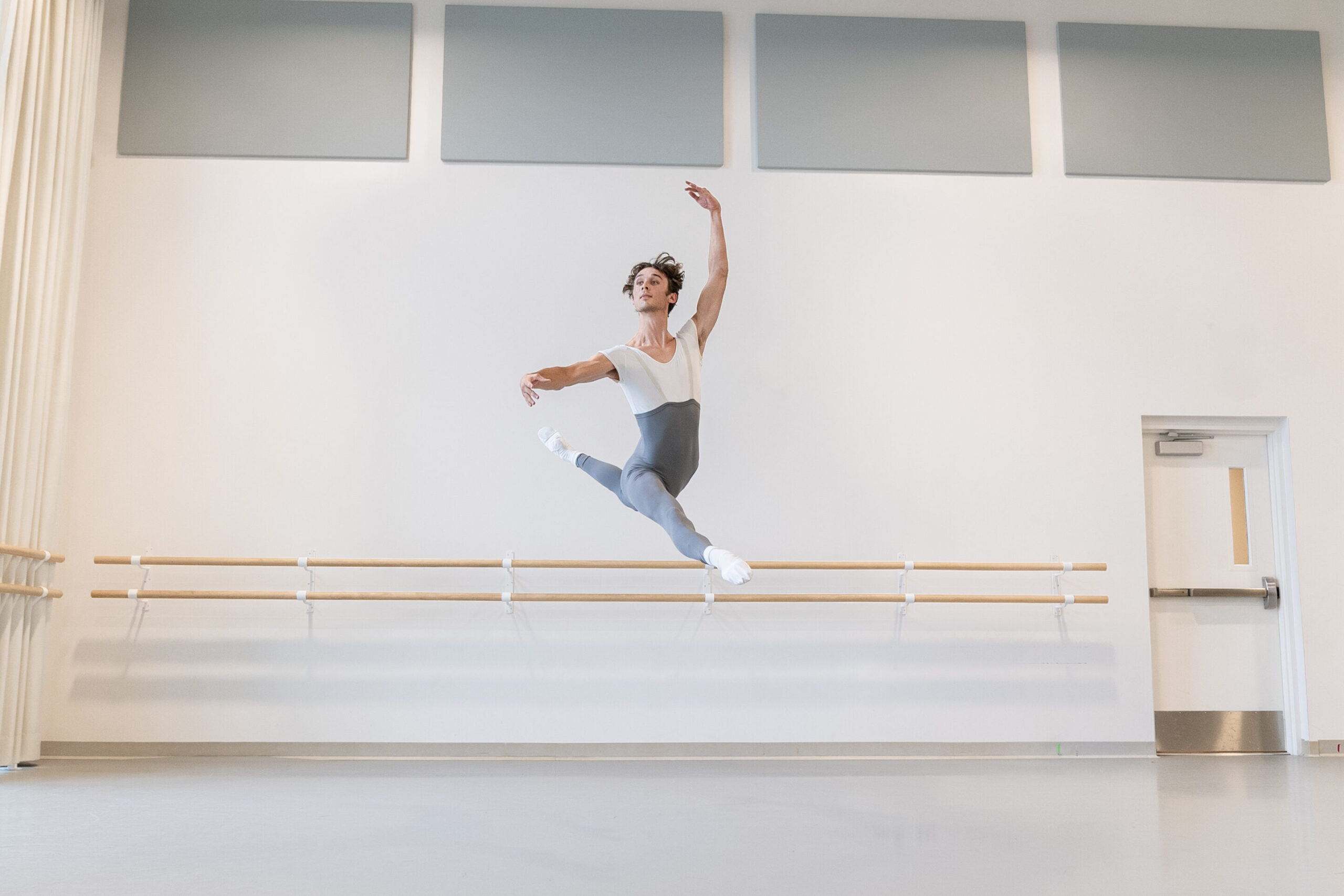
Summer Intensive Opportunities and Community Enrichment
Alloways-Ramsey’s vision extends into Orlando Ballet School’s summer programs, which feature an array of options for dancers 9 and up. Students can stay for one, two, three, or five weeks, depending on their placement in one of seven levels. The sessions feature intensive training, complete with pas de deux classes, and culminate in a performance.
During the academic year, Orlando Ballet School extends its reach through its community engagement department. Programming has doubled more than once in the last five years and now serves 18,000 students across 140 school residencies in five Central Florida counties.
The STEPS program, for instance, gives out nearly 130 scholarships to young dancers per year, along with running arts-integrated classroom programs in Florida public schools. Meanwhile, Intro to Ballet brings every second-grader in Orange County Public Schools to an hour-long production of The Nutcracker. These performances also provide more stage time for second company members—Nakamura still remembers performing as the Sugar Plum Fairy while she was a student. “It was nice to have already learned it,” she says. “You’re prepared when you get into the company, and you’re ready to perform.”
To learn more about the breadth of programming offered at Orlando Ballet School, click here.
